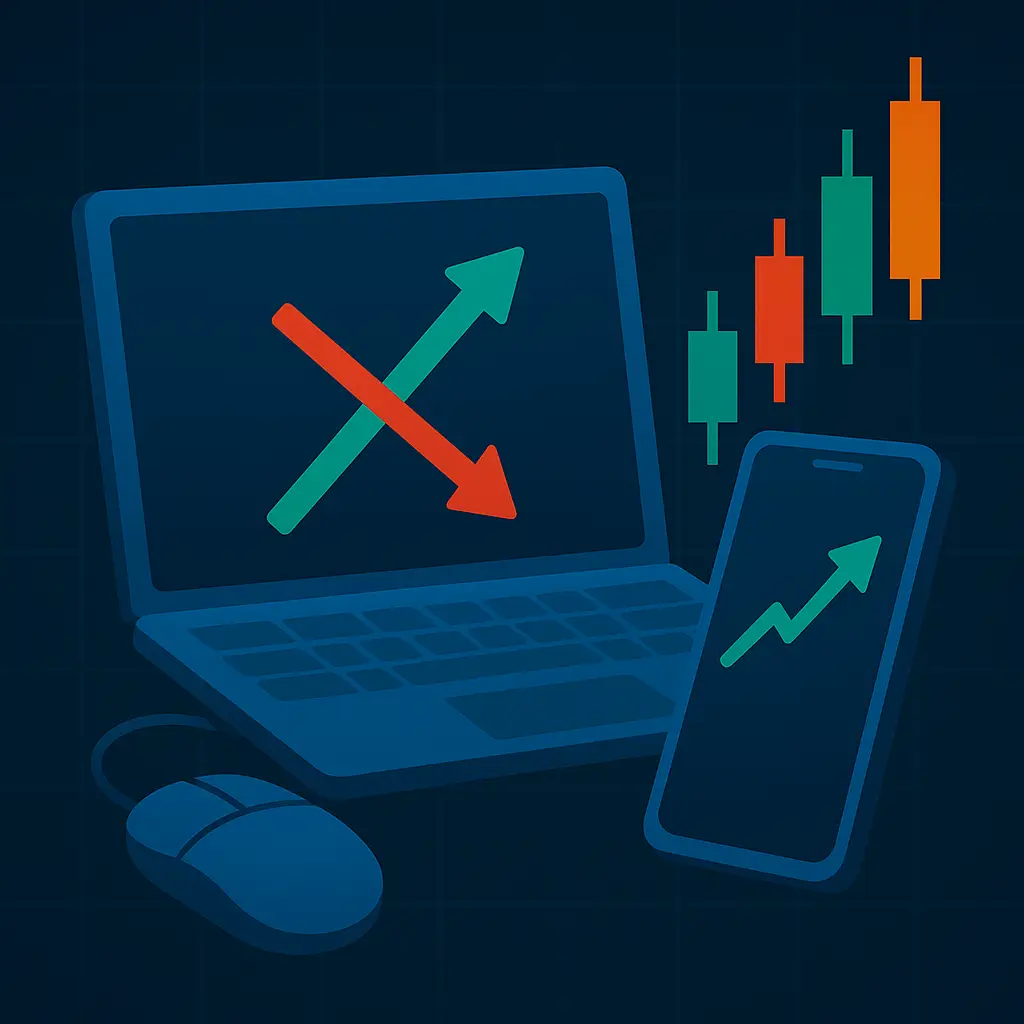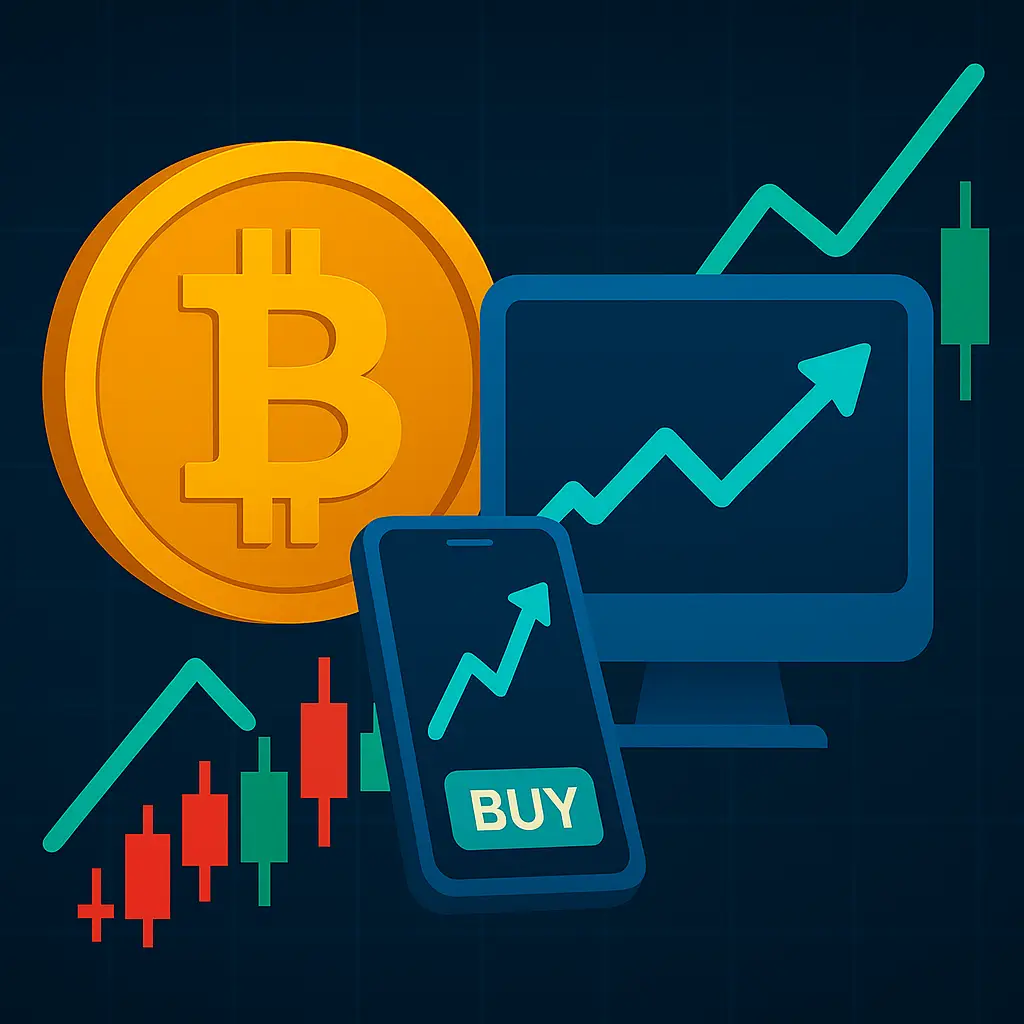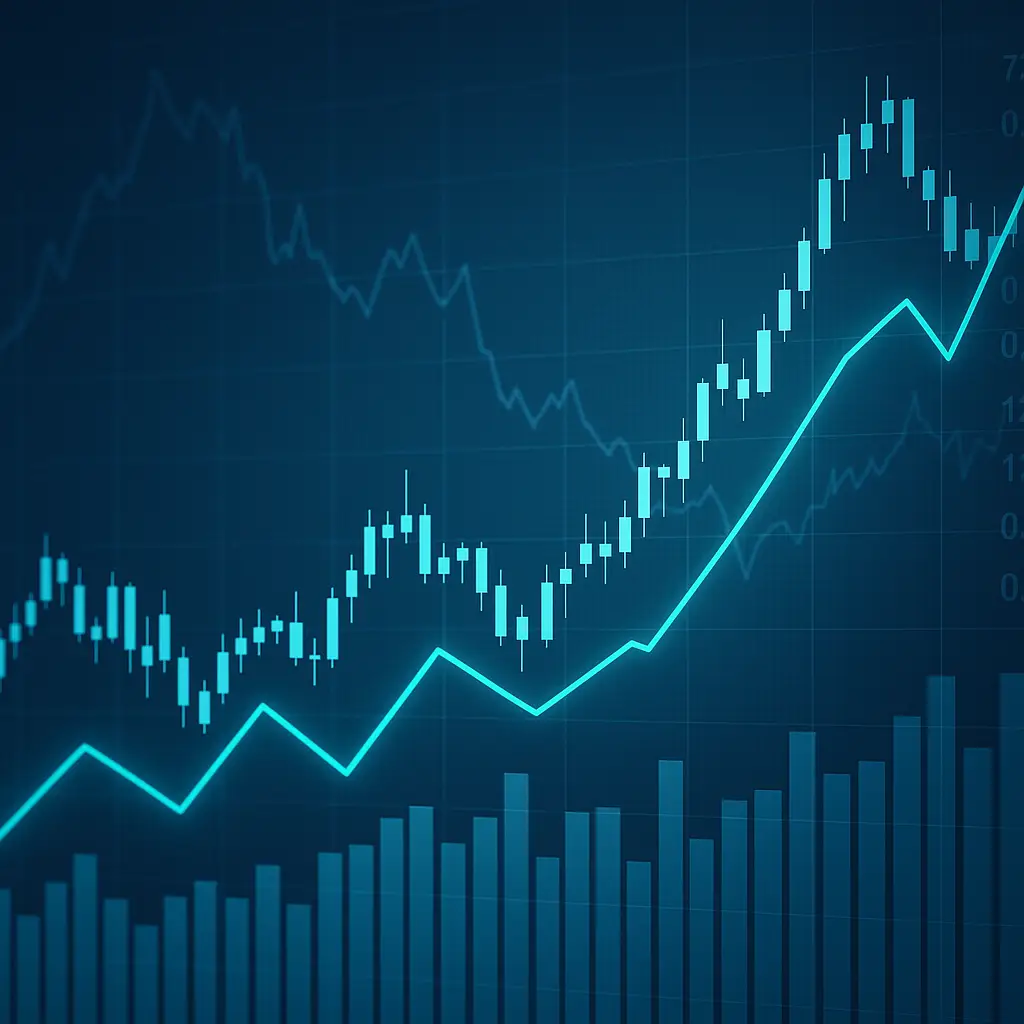
MetaTrader 5 (MT5) is one of the most popular multi-asset trading platforms used by retail and professional traders alike. Developed by MetaQuotes, MT5 is the successor to the widely used MetaTrader 4 (MT4), offering enhanced tools for technical analysis, more timeframes, integrated economic news, and faster processing speeds.
Whether you’re trading Forex, CFDs, stocks, or commodities, MT5 is a versatile platform that provides all the tools needed to trade efficiently. This guide will walk you through the basics of MT5—from installation to execution.
Multi-asset support (including stocks and futures)
Fast order execution
Integrated economic calendar
Advanced strategy testing
Cloud-based copy trading
Not backwards-compatible with MT4 EAs or indicators
Slight learning curve for new users
You can access MetaTrader 5 in one of three ways:
Desktop App – Downloadable from your broker’s website or MetaQuotes directly.
Mobile App – Available on both iOS and Android for trading on the go.
Web Terminal – Trade directly from your browser without installation.
Once installed, you’ll need to:
Login with your broker account credentials
Connect to the appropriate server provided by your broker
Set your preferred base currency and leverage settings (via your broker portal)
Here’s a breakdown of the main components you’ll see when you launch MT5:
Market Watch: Displays real-time quotes of your selected instruments.
Navigator: Quick access to accounts, indicators, expert advisors (EAs), and scripts.
Chart Window: View price action, apply indicators, draw tools, and customize timeframes.
Toolbox (Terminal): Monitor trade history, alerts, mailbox, journal logs, and ongoing trades.
You can customize the interface by right-clicking anywhere to add indicators, switch chart types (candlestick, bar, or line), or create chart templates.
To open a trade:
Right-click on an asset in Market Watch and select “New Order”
Alternatively, click the “+” button in the toolbar or use F9 on your keyboard
A trade window will appear with the following options:
Symbol: Choose the asset you want to trade
Volume: Set your trade size (in lots)
Stop Loss / Take Profit: Optional, but highly recommended
Order Type: Market execution or pending order
Buy/Sell: Click to execute your trade
You can also drag and drop instruments into charts for instant trading with the “One Click Trading” feature.
MT5 offers over 80 built-in technical indicators and analysis tools, including:
Moving Averages
RSI, MACD, Stochastic
Fibonacci Retracements
Bollinger Bands
To apply them:
Drag an indicator from the Navigator pane onto your chart
Use the drawing tools from the toolbar to mark key levels and trendlines
You can also install custom indicators or EAs (.ex5 files) by adding them to the MQL5 folder under “File > Open Data Folder”.
Your open trades appear in the “Trade” tab of the Terminal window:
Double-click to modify stop-loss or take-profit
Right-click to close a position
Use the “History” tab to review past trades and analyze your performance
You can also enable alerts or use the news tab to stay informed on market-moving events.
MetaTrader 5 is a powerful, professional-grade trading platform built for speed, versatility, and performance. Whether you’re a beginner placing your first trade or an advanced user deploying algorithmic strategies, MT5 has everything you need to thrive in today’s markets.
The best way to get comfortable with MT5 is by exploring the features in a demo account before going live. Once you’ve mastered the basics, you’ll find MT5 to be an indispensable part of your trading toolkit.




